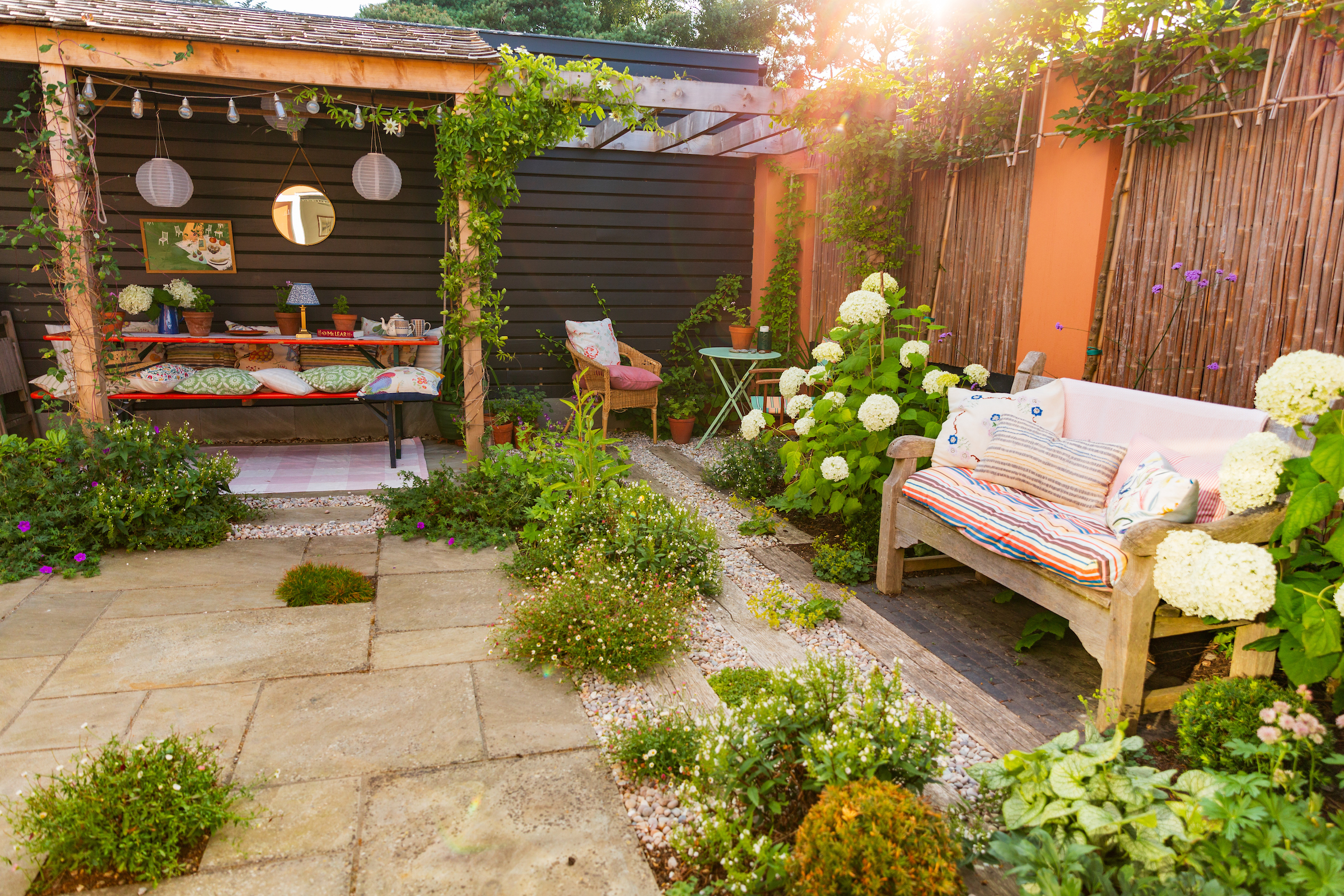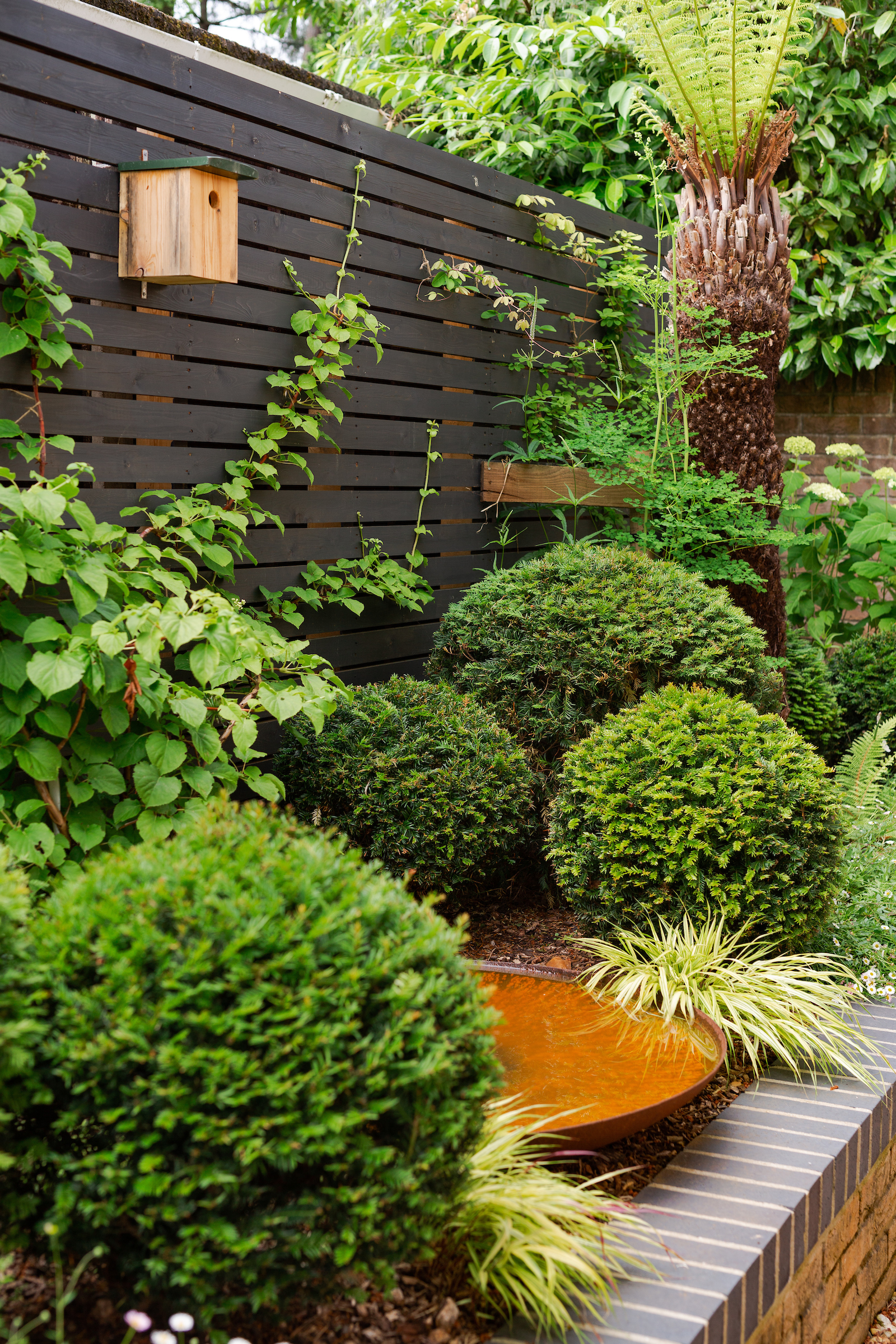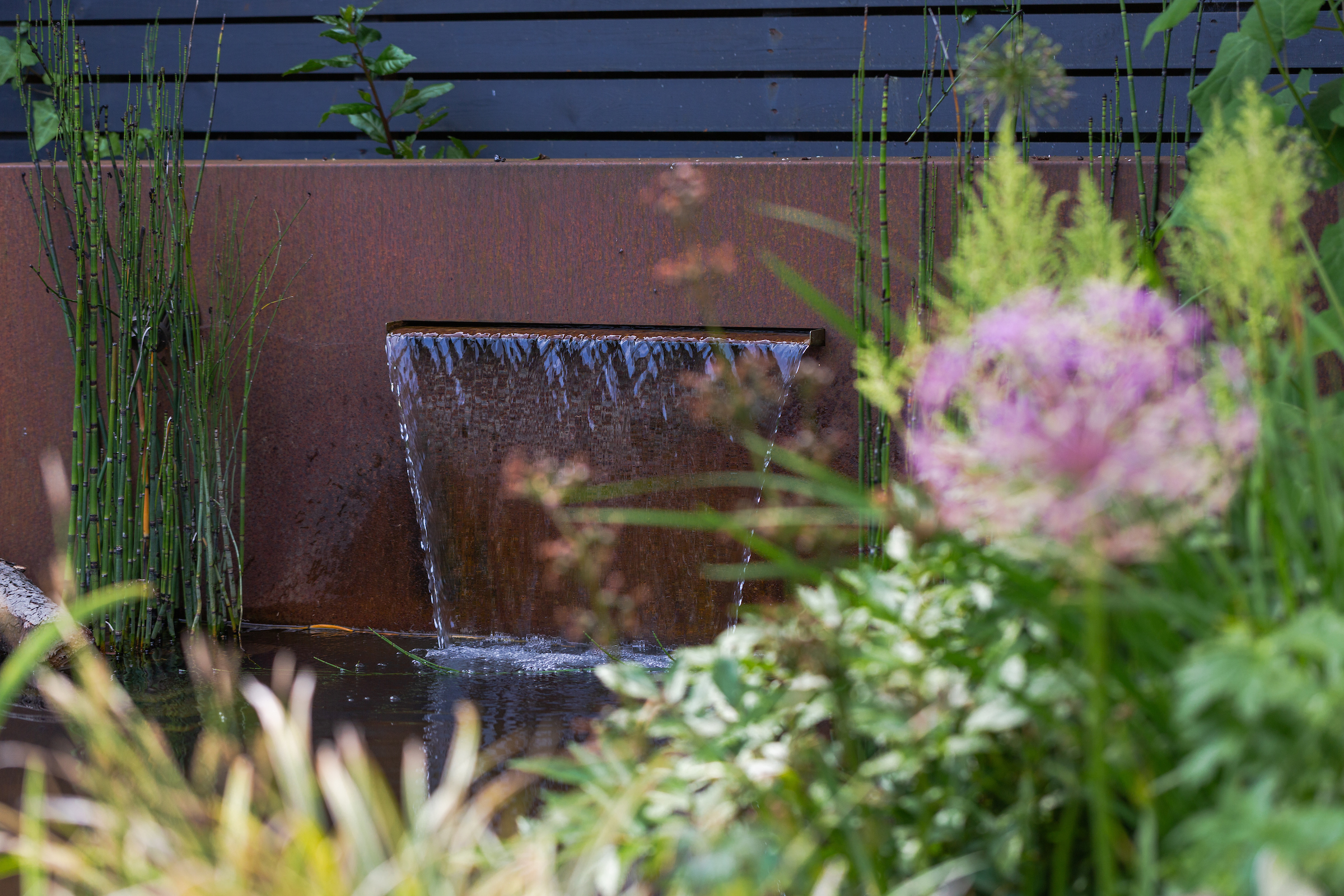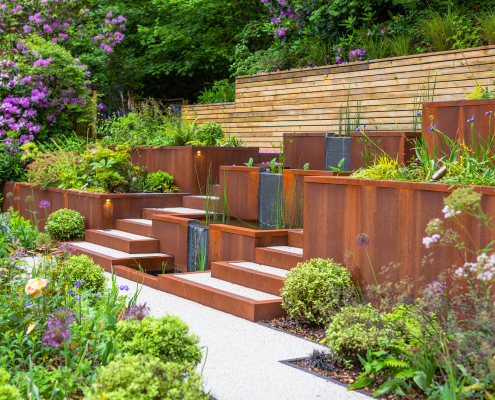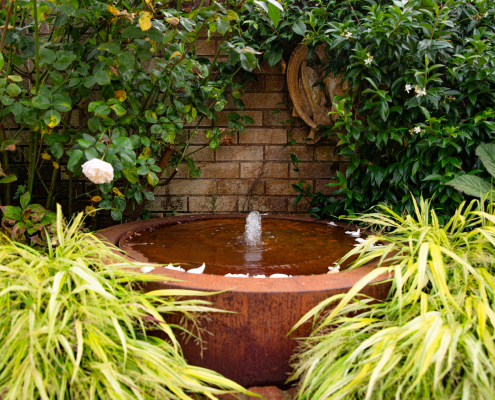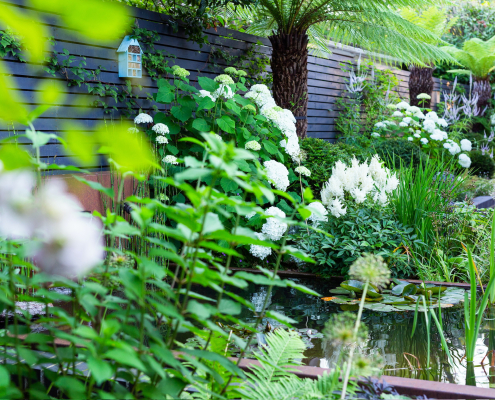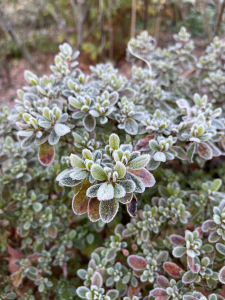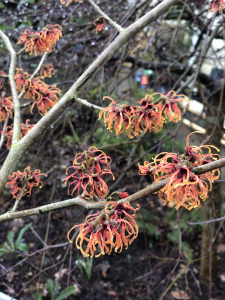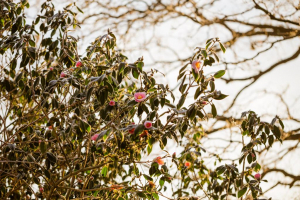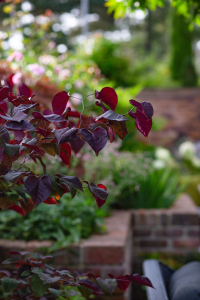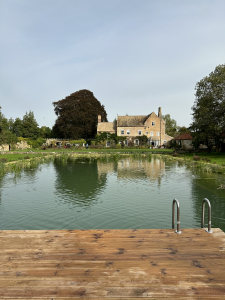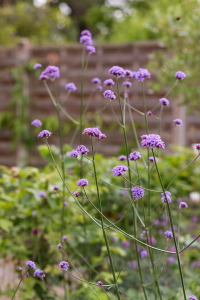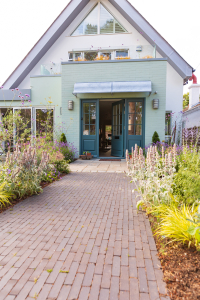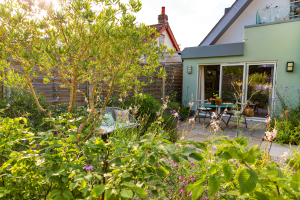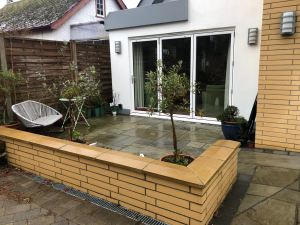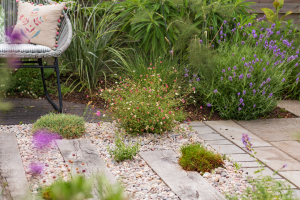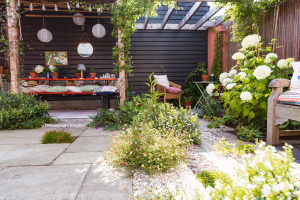The Structural Importance of Trees in Garden Design
Don’t be afraid of planting a tree in a small garden. Well positioned trees for small gardens can add enormous value to the space. They provide structural permanence, acting as pillars of the garden or the bones around which, the softer, fluffy, colourful floral display can express itself.
Trees add extra layers to the space. We have a tendency to look down, but trees encourage you to look up. Much like a mini rainforest they provide the canopy layer, creating mini-micro climates beneath and therefore more variation and opportunities for diverse planting and habitat creation.
Providing Shade, Shelter, and Environmental Benefits
When visiting a small garden for the first time, often my eye is immediately drawn to the boundaries. This is particularly the case when it is a new build garden, with a token patio and a patch of turf that has been laid over compacted ground. The space lacks life. A well-positioned tree can draw your eye away from the boundaries of the garden, and link to the wider landscape, which helps to make the space feel bigger, learn more about our approach to planting design.
Trees provide valuable shade and shelter. They have a cooling effect which is incredibly important for our increasingly dry summers. They help to absorb water run-off during our wet winters and create valuable stability to our precious soil. Trees filter and absorb wind and sound, rather than creating eddies, which is when the wind encounters a solid object such as a fence. Fences are abundant in small gardens on new build estates.
Selecting Tree Varieties for Enhanced Planting Design
Trees come in many different shapes and sizes. Before choosing your tree consider the weight of the tree canopy, whether it will provide dense shade or screening, dappled shade or bold dramatic foliage, which can be particularly effective in a small space.
Trees can add interest at different times of the year. Spring blossom of Crab apples and Amelanchier paired with the fruits and leaf colour in the Autumn are wonderful. Bold leaves of Cercis canadensis (pictured in top image) and Acer palmatum, both pictured below, can add drama to a small space.
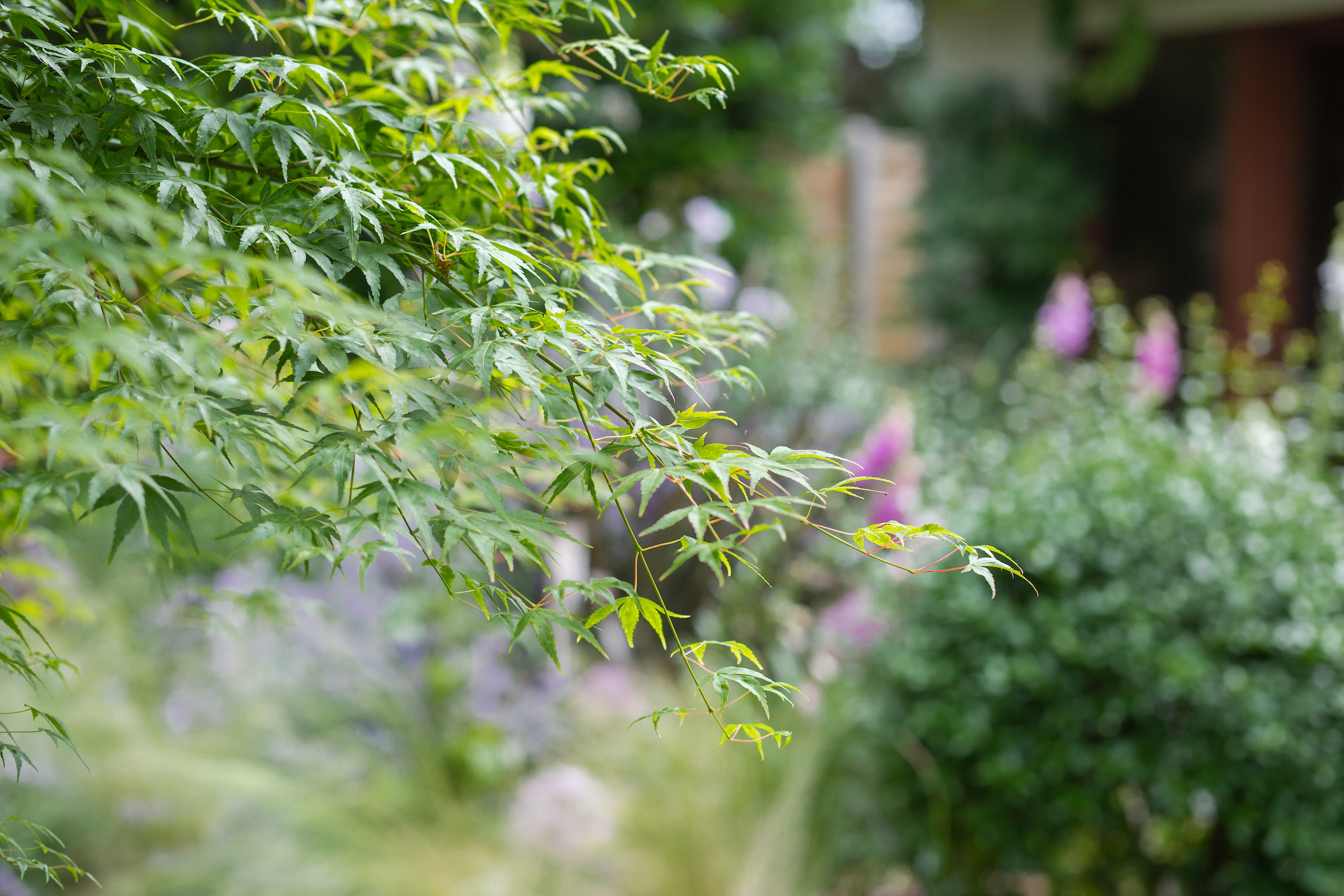
Acer palmatum
Multi stemmed trees can provide beautiful winter structure with interesting bark such as the copper tones of Prunus serrula and Acer griseum and the smooth bark of Amelanchier, which looks wonderful when illuminated. Cornus kousa species (Cornus kousa ‘Satomi’ pictured) add beautiful colour from their flower bracts and fruits.
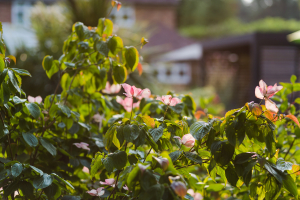
Cornuskousa
Feathered trees give a columnar effect, with branches breaking from the base upwards. These are ideal if you want to create a pillar effect with the planting. Carpinus betulus (hornbeam) are useful for this.
A standard (clear stem) tree allows you to walk underneath the canopy and provides screening higher up, useful for screening neighbouring windows.
A pleached or espalier specimen is essentially an aerial hedge on a clear stem which is useful for screening in a small space. Carpinus betulus (hornbeam) is commonly used, Malus (crab apple) and Pyrus (ornamental Pear) species are deciduous but add the benefits of a spring floral display and autumn leaf colour and fruits.
A parasol trained tree, (Liquidambar pictured), is similar to a pleached tree but is trained to grow as a roof, providing shade over a seating area. It is effective where space is tight but requires some skilled pruning and training.
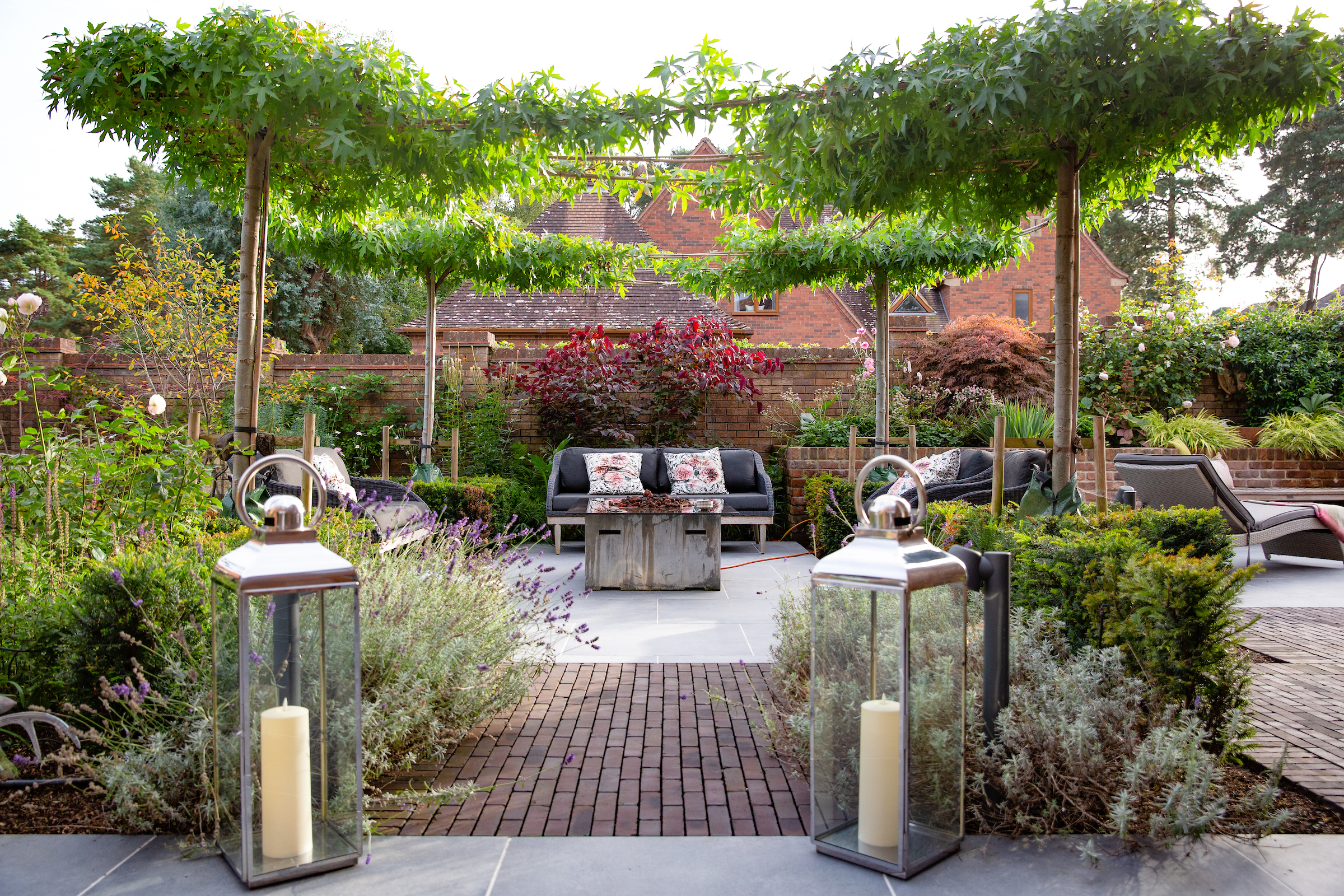
Liquidambar
Selecting Tree Varieties for Enhanced Planting Design
There are site specific considerations which need to be made, which will impact on how the tree will thrive. Assess the conditions first. Exposure to wind/salt laden air, soil ph. & structure i.e. clay, sand, chalk, loam are important factors. Look in neighbouring gardens to see what thrives there or contact us for a garden consultation and advice. Adding water features to a garden is also a brilliant way to improve garden biodiversity, you can learn more here.
As we know, trees are life. They produce the oxygen we need to breathe, filtering the air. They provide nesting opportunities, food sources for humans and our wildlife friends. Too often trees are removed, mostly because we have built too close to them, or the wrong tree has been planted in the first place. With careful consideration we can add more trees to benefit us and our wider environment.

